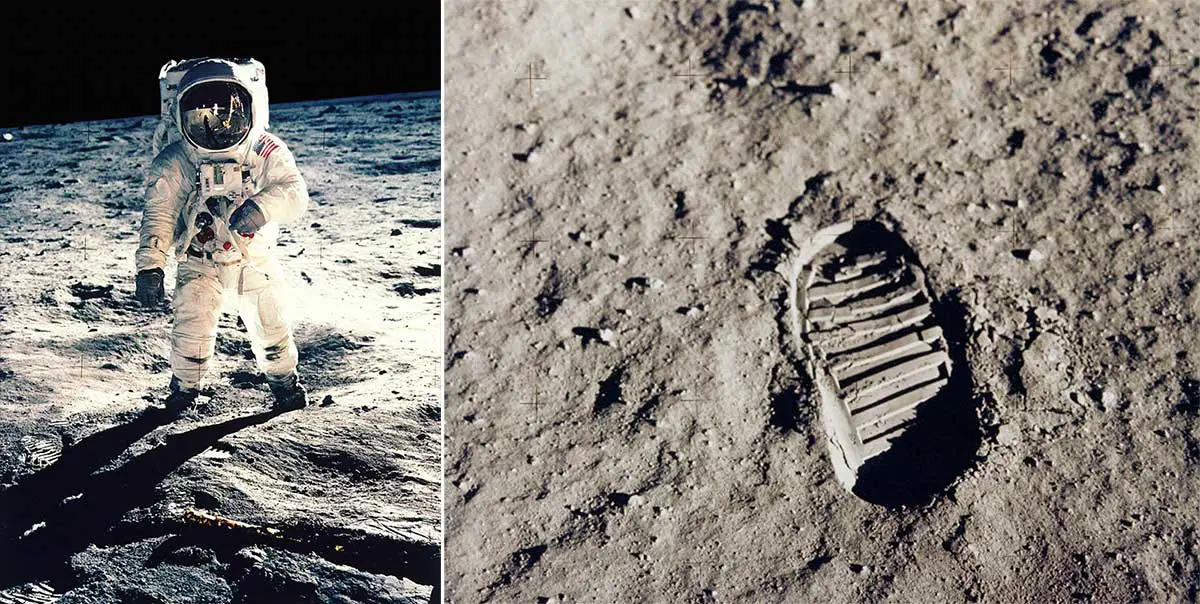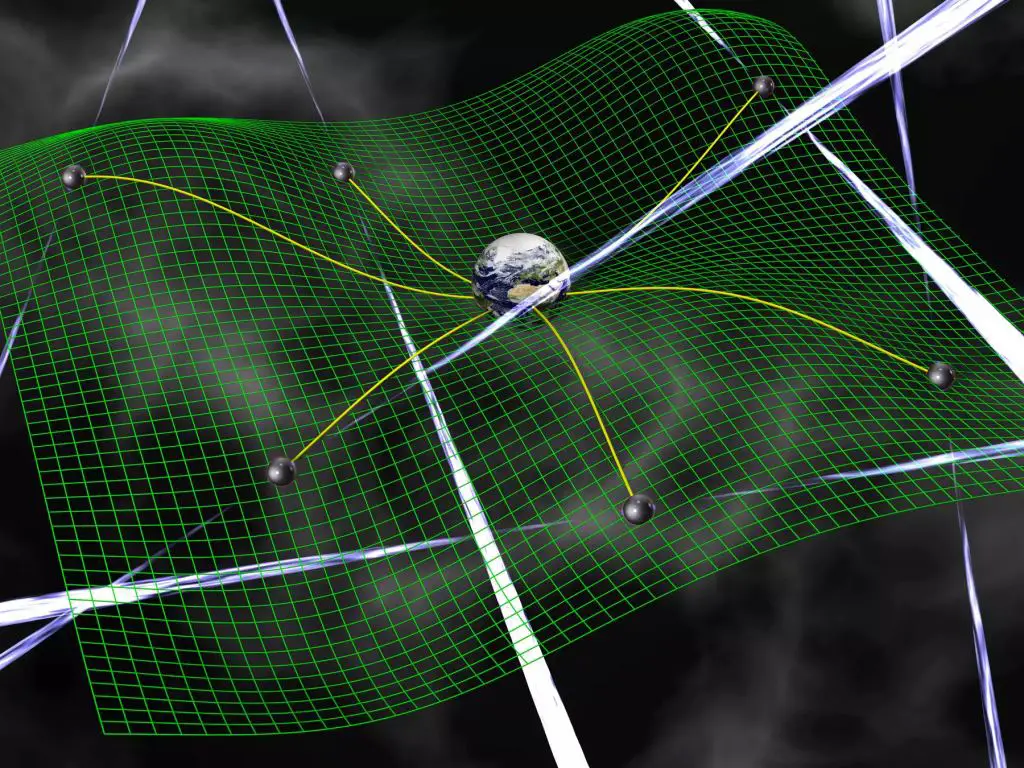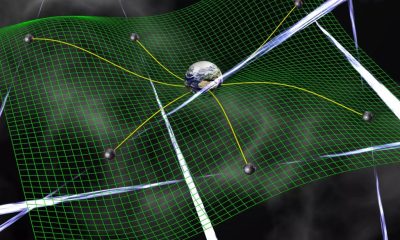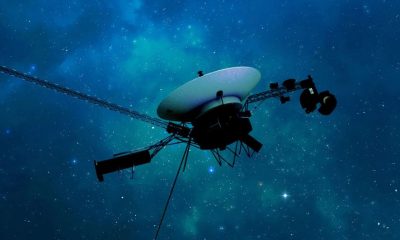News
New Study Examines Impact of Lunar Missions on Moondust Generation.

As NASA gears up for the Artemis Program and plans to send astronauts back to the Moon, a new study has shed light on a potential hazard they may face – lunar regolith. This study, conducted by a team of engineers at Texas A&M University, highlights the risks associated with rocket plumes kicking up moondust during lunar missions.
Lead by Shah Akib Sarwar and Zohaib Hasnain, the study used advanced modeling techniques to understand how particles of lunar regolith interact with each other when kicked up by rocket exhaust. The researchers found that these collisions can pose a significant threat to spacecraft, equipment, and astronaut safety during take-off and landing on the Moon.
One of the key findings of the study was the potential for regolith particles to be ejected at high speeds and angles, which could damage spacecraft, block sensors, and degrade surfaces. This poses a particular challenge for the Artemis missions, which are set to land near the lunar South Pole, where the soil is assumed to be more porous and weak compared to other regions of the Moon.
Lessons learned from the Apollo missions, such as the damage caused to the Surveyor 3 spacecraft by the Apollo 12 LM exhaust plume, served as a basis for the current study. The researchers also highlighted the importance of developing strategies to mitigate the risks posed by kicked-up moondust, including building landing pads equipped with technology to stabilize the lunar surface.
Overall, the study underscores the need for careful planning and innovative solutions to address the challenges posed by lunar regolith during future lunar missions. As NASA outlines its goals for sustained lunar exploration and development through the Artemis Program, understanding and managing the hazards associated with moondust will be crucial for the success of these missions.
For more information on the study, you can read the full article in Acta Astronautica.
News
Further Support for Gravitational Wave Background in the Universe

The discovery of the gravitational wave background in 2016 marked a significant milestone in our understanding of the Universe. This groundbreaking discovery was further validated by the release of a second data set from the European Pulsar Timing Array, along with the addition of data from the Indian Pulsar Timing Array. These complementary studies have provided more evidence for the existence of the gravitational wave background, shedding light on the cosmic phenomena that shape our universe.
Gravitational waves are ripples in spacetime that are generated by violent processes such as merging black holes and colliding neutron stars. Predicted by Einstein in 1916 as part of his General Theory of Relativity, these waves have the ability to travel through space, largely unimpeded by any obstacles in their path. The first detection of gravitational waves in 2015 by the Laser Interferometer Gravitational-Wave Observatory (LIGO) confirmed their existence, originating from a gravitational merger between two black holes located 1.3 billion light years away.

The recent confirmation of the gravitational wave background by the European and Indian Pulsar Timing Arrays indicates that we are detecting a combined signal from the mergers of supermassive black holes. This random distribution of gravity waves that permeates the Universe offers a new avenue for studying the cosmos, akin to the Cosmic Background Radiation. The collaborative efforts of various observatories and research institutions have enabled us to delve deeper into the mysteries of the Universe.

Utilizing pulsar timing arrays as galaxy-sized detectors, researchers have been able to monitor and analyze the pulse arrival times of galactic pulsars on Earth. By detecting subtle patterns in these signals, they can uncover the presence of the gravitational wave background. The latest study led by J. Antoniadis from the Institute of Astrophysics in Greece delves into the implications of the low-frequency signals observed in the recent data releases from various pulsar timing array systems.
The accumulation of data from multiple sources has provided undeniable evidence for the existence of the gravitational wave background. With ongoing Pulsar Timing Array projects, the signals of the low-frequency gravity waves will become more distinct, offering a wealth of opportunities to explore the Universe in this novel way. The focus now shifts towards interpreting these signals to unlock the secrets of the cosmos.
-

 News1 week ago
News1 week agoUniversity of Wisconsin-Milwaukee and Protesters reach an agreement to dismantle encampment
-

 Entertainment1 week ago
Entertainment1 week agoOlivia Munn opens up about her decision to have a full hysterectomy during breast cancer fight: ‘It was the right choice for me’
-

 Entertainment2 days ago
Entertainment2 days agoSimone Biles Emerges Victorious over Suni Lee and Gabby Douglas at Gymnastics Classic
-

 News2 days ago
News2 days agoFacing Criticism for Shooting Dog, South Dakota Governor Noem Discusses ‘Difficult Choices’
-

 Business11 hours ago
Business11 hours agoWho are Crypto Market Makers and Market Takers?
-

 News12 hours ago
News12 hours agoFurther Support for Gravitational Wave Background in the Universe
-

 Entertainment12 hours ago
Entertainment12 hours agoCourteney Cox Reveals Late ‘Friends’ Co-Star Matthew Perry Continues to ‘Visit’ Her Even After His Passing










